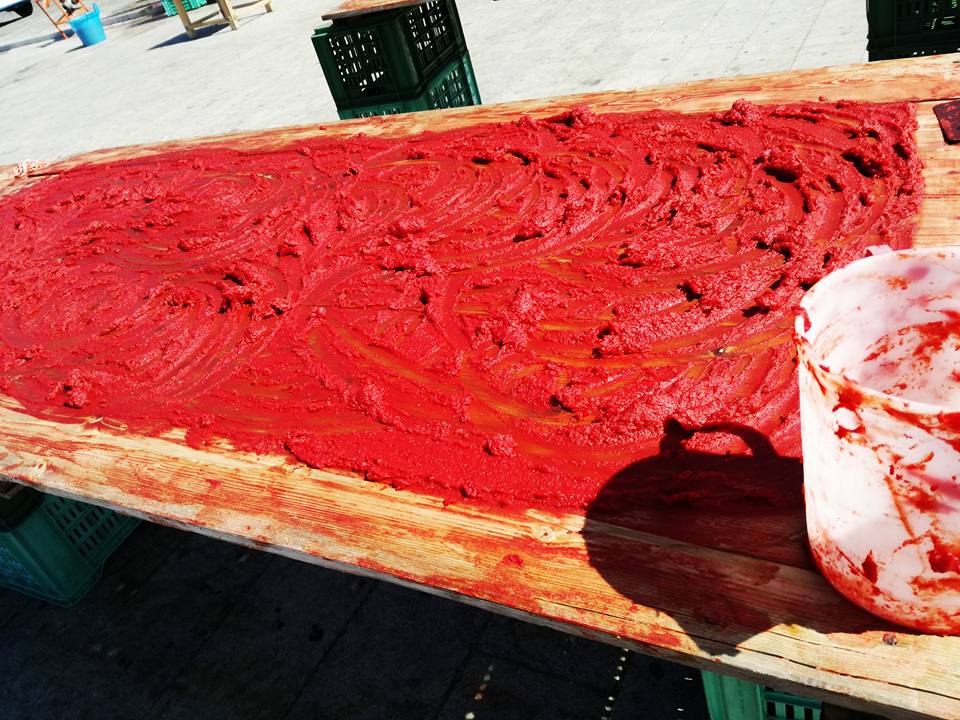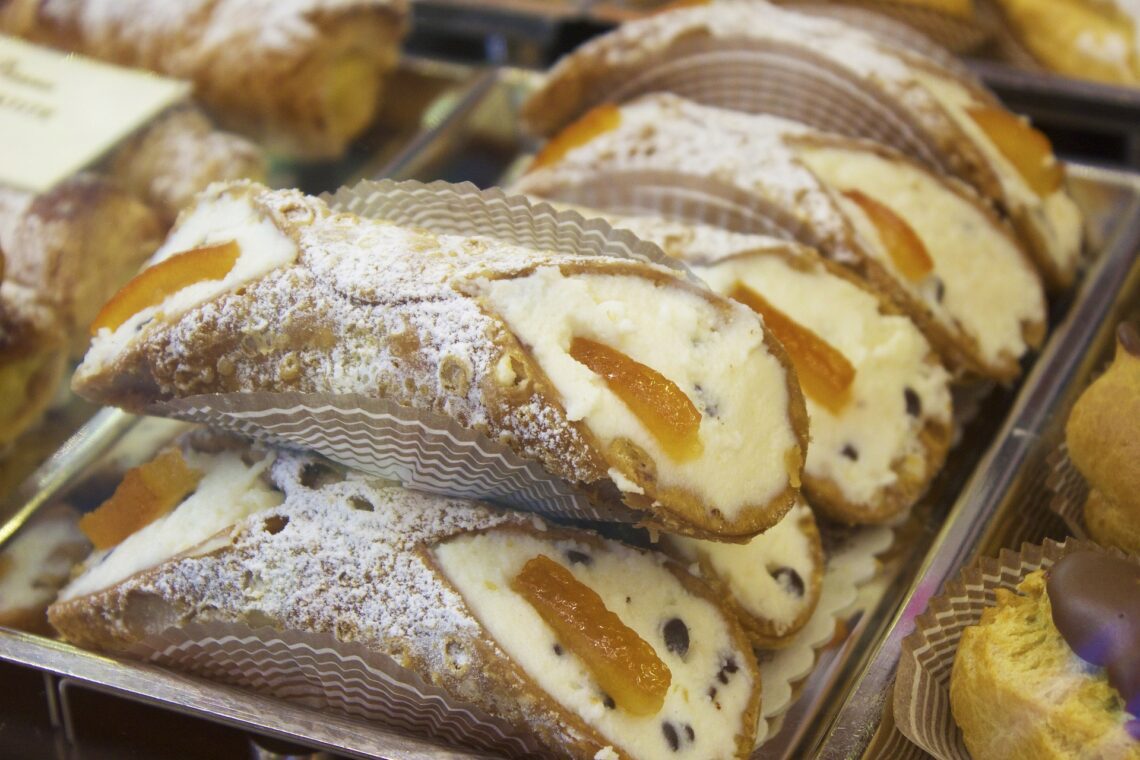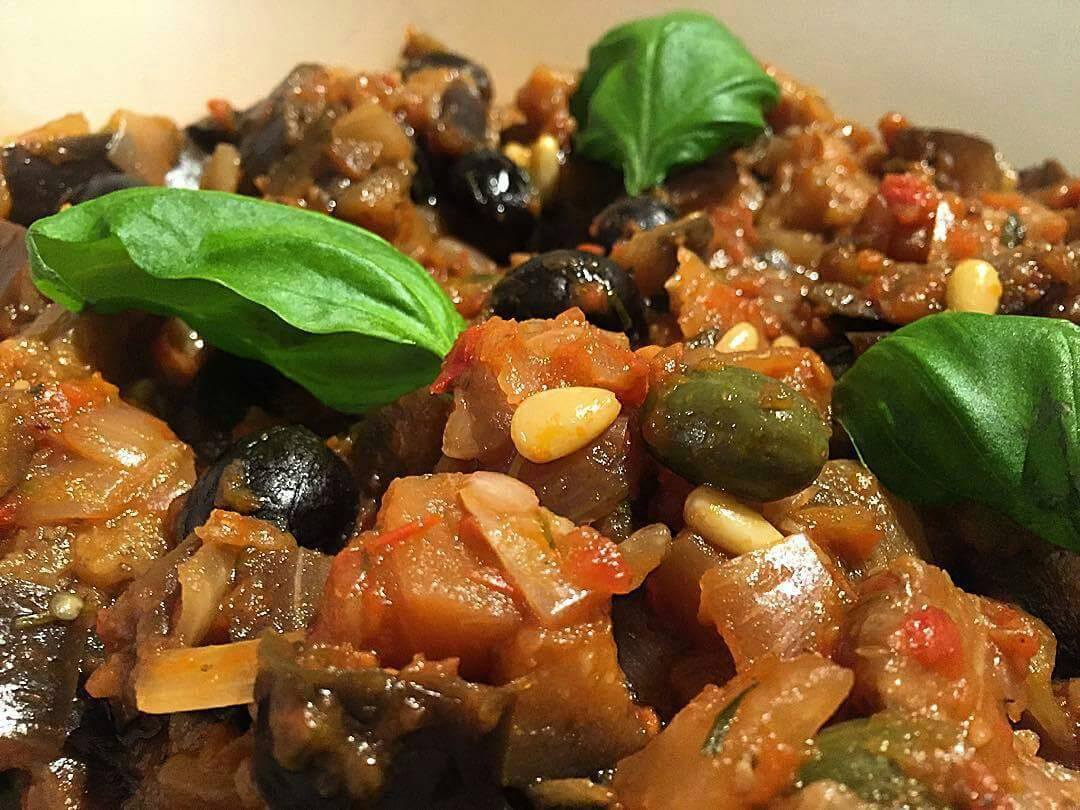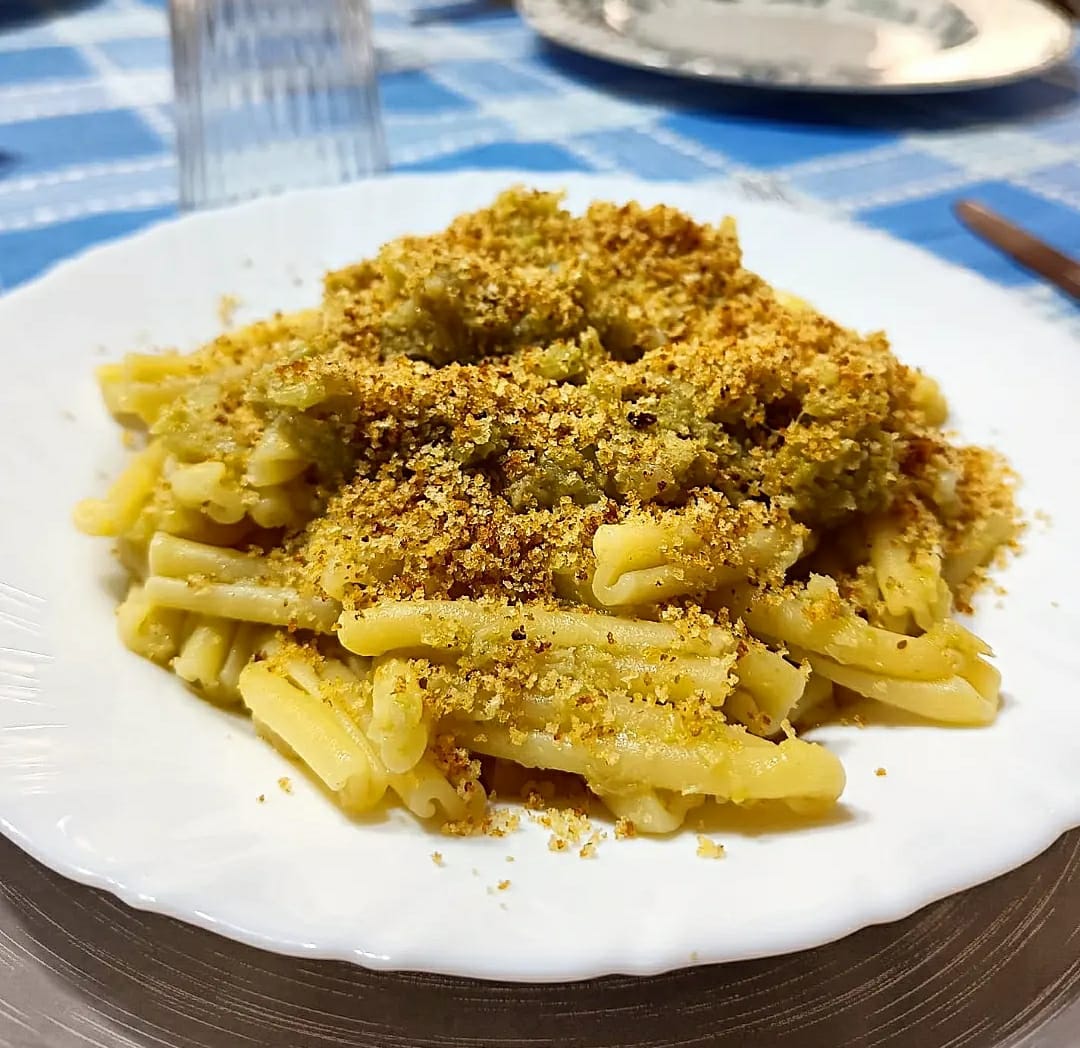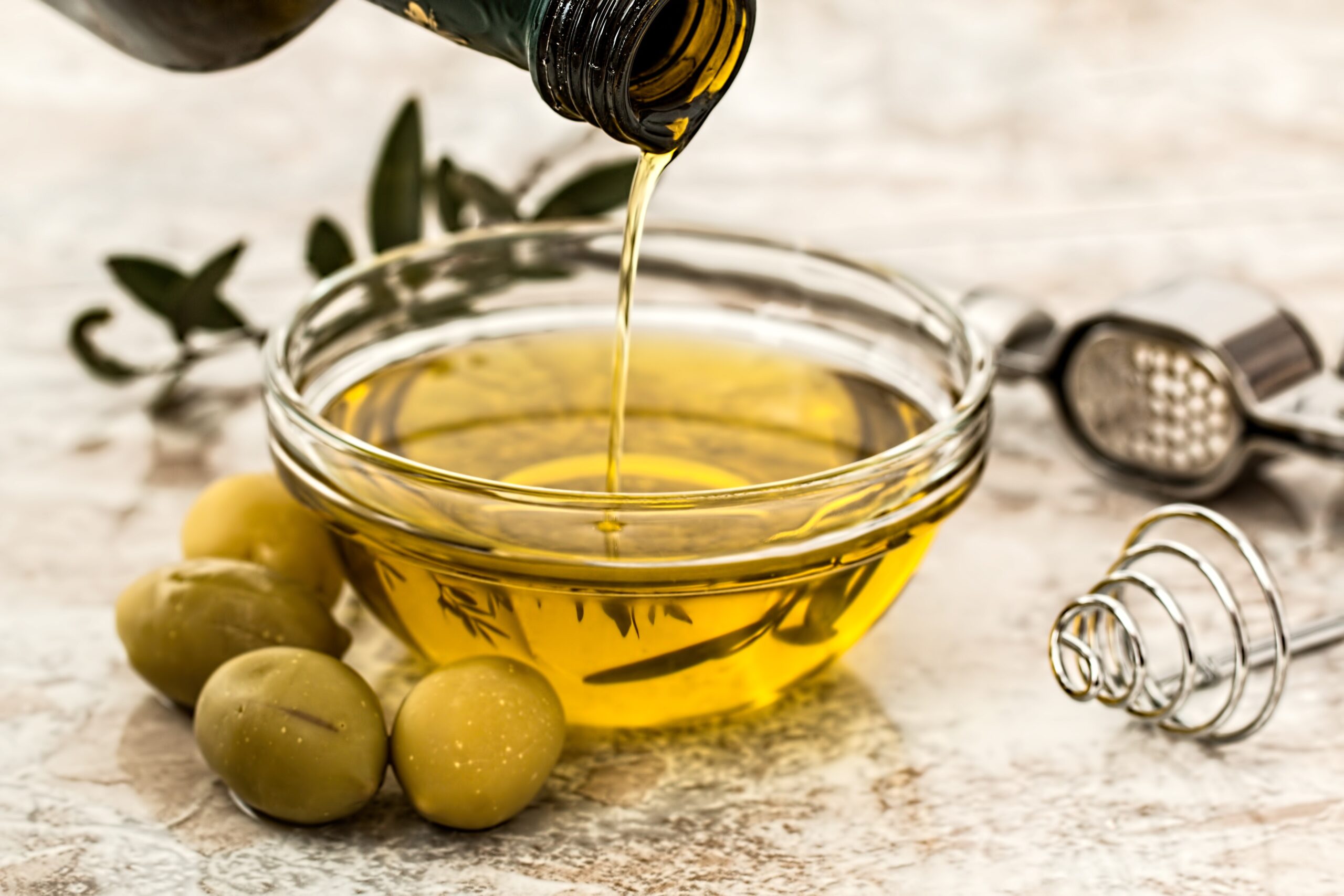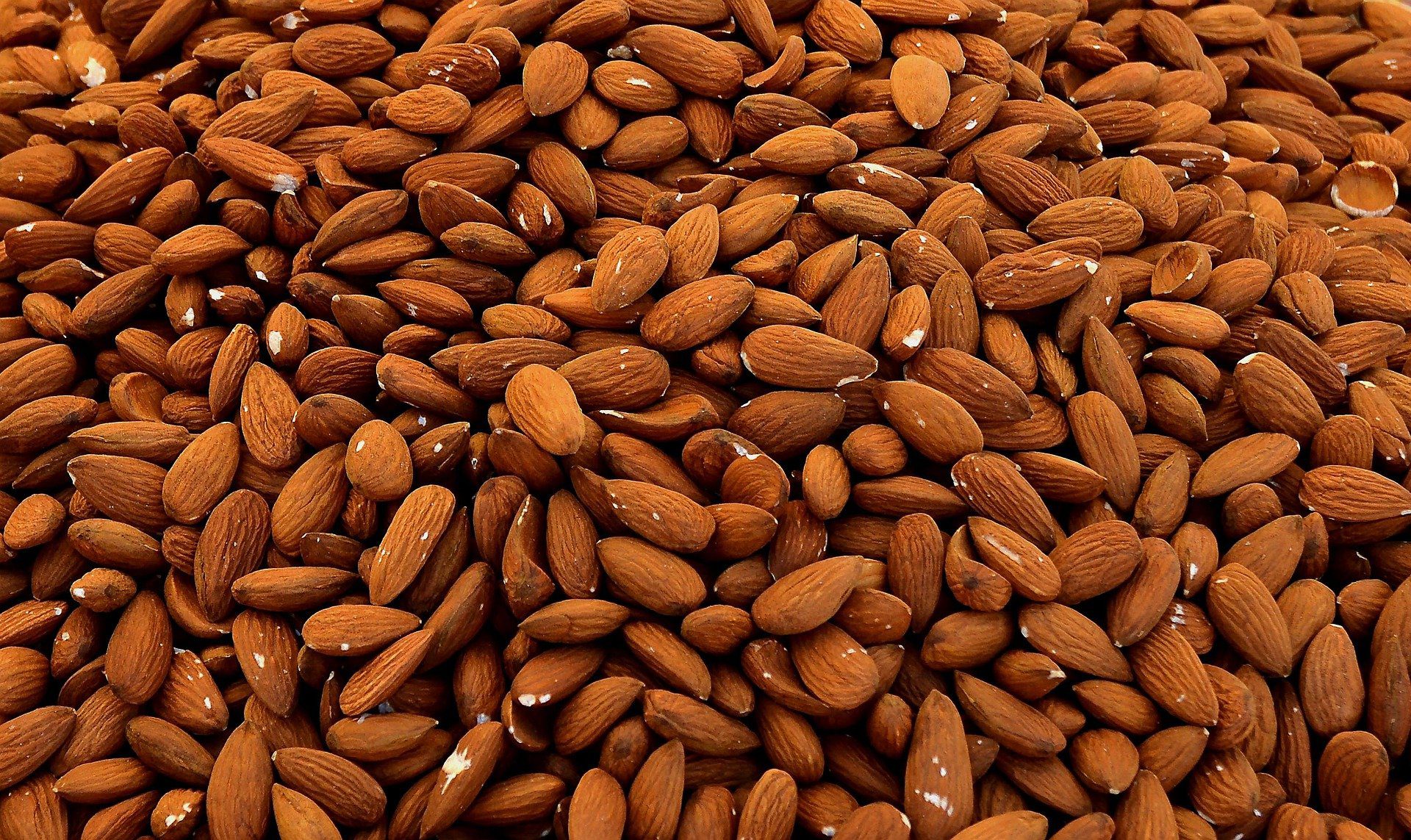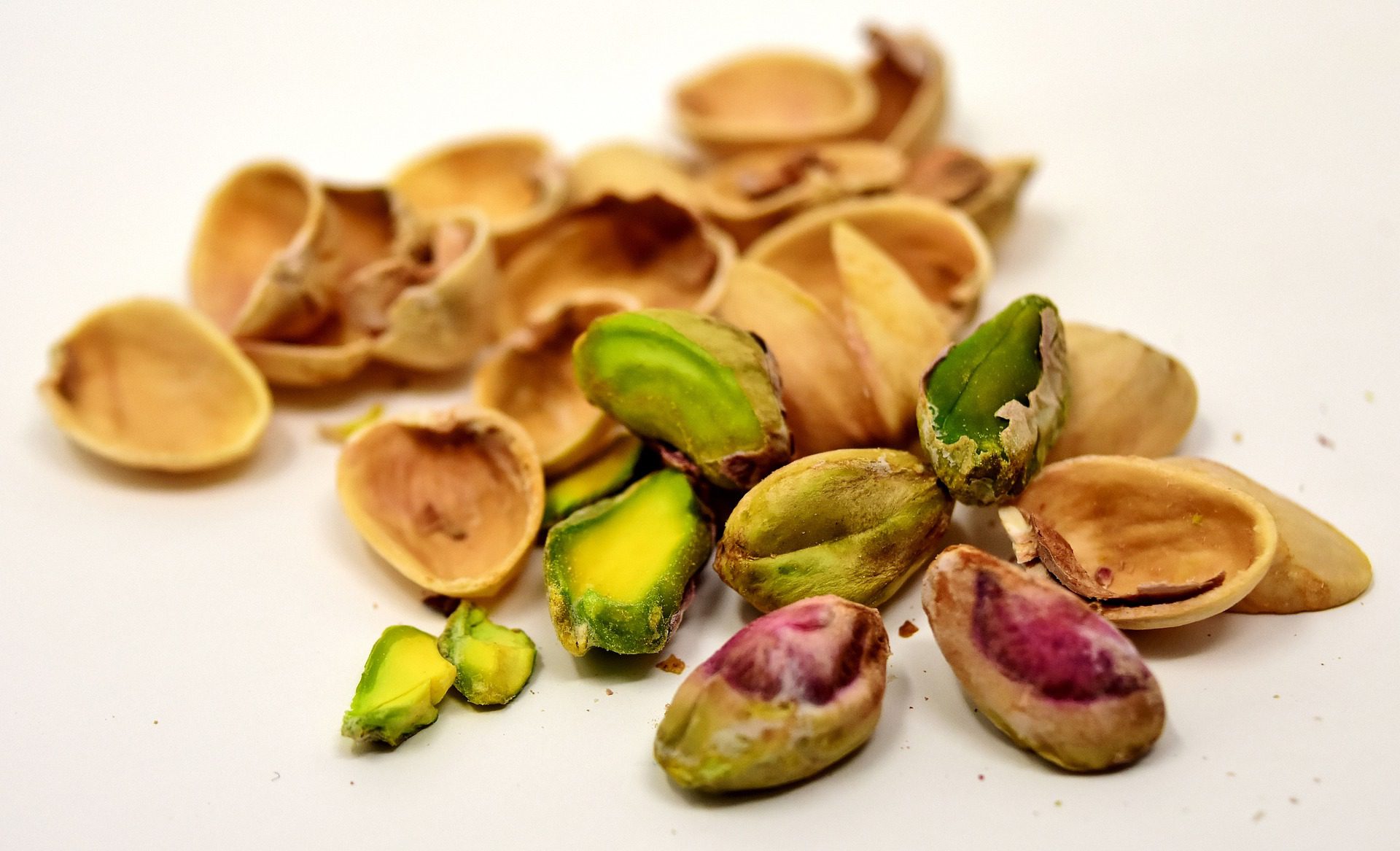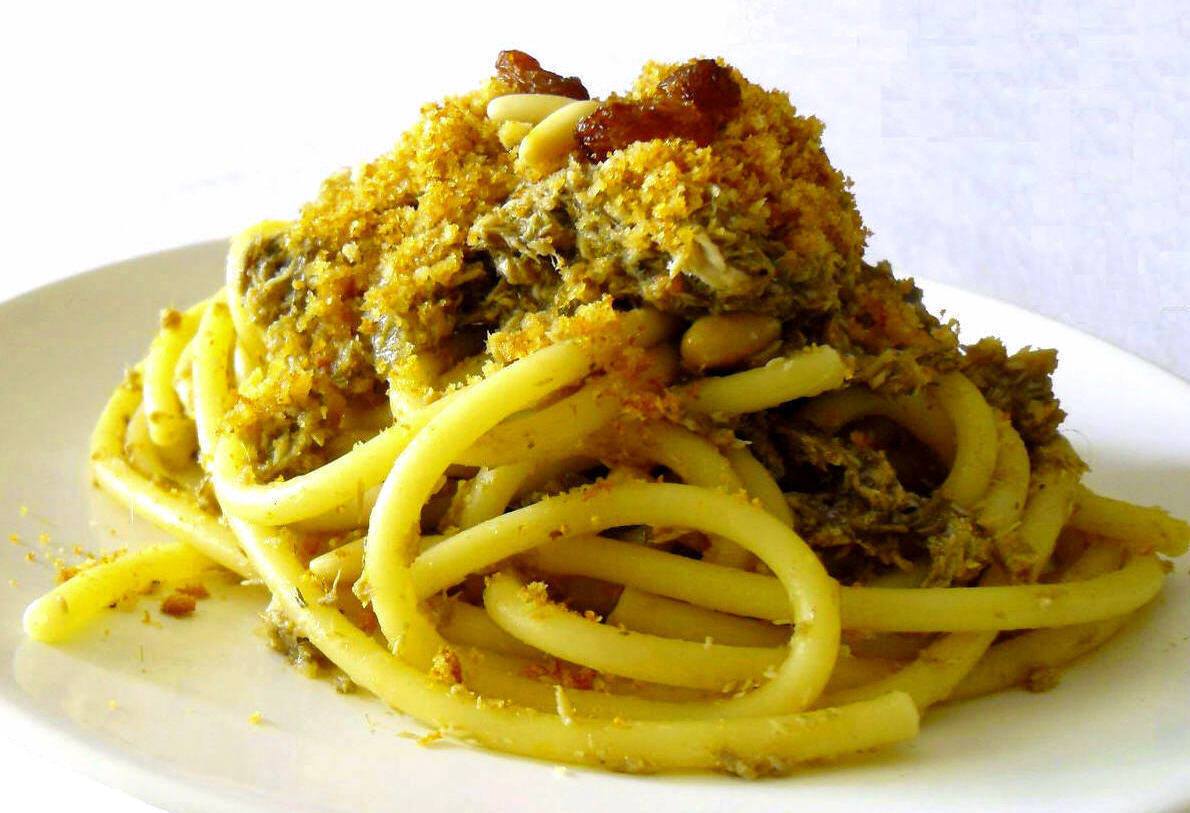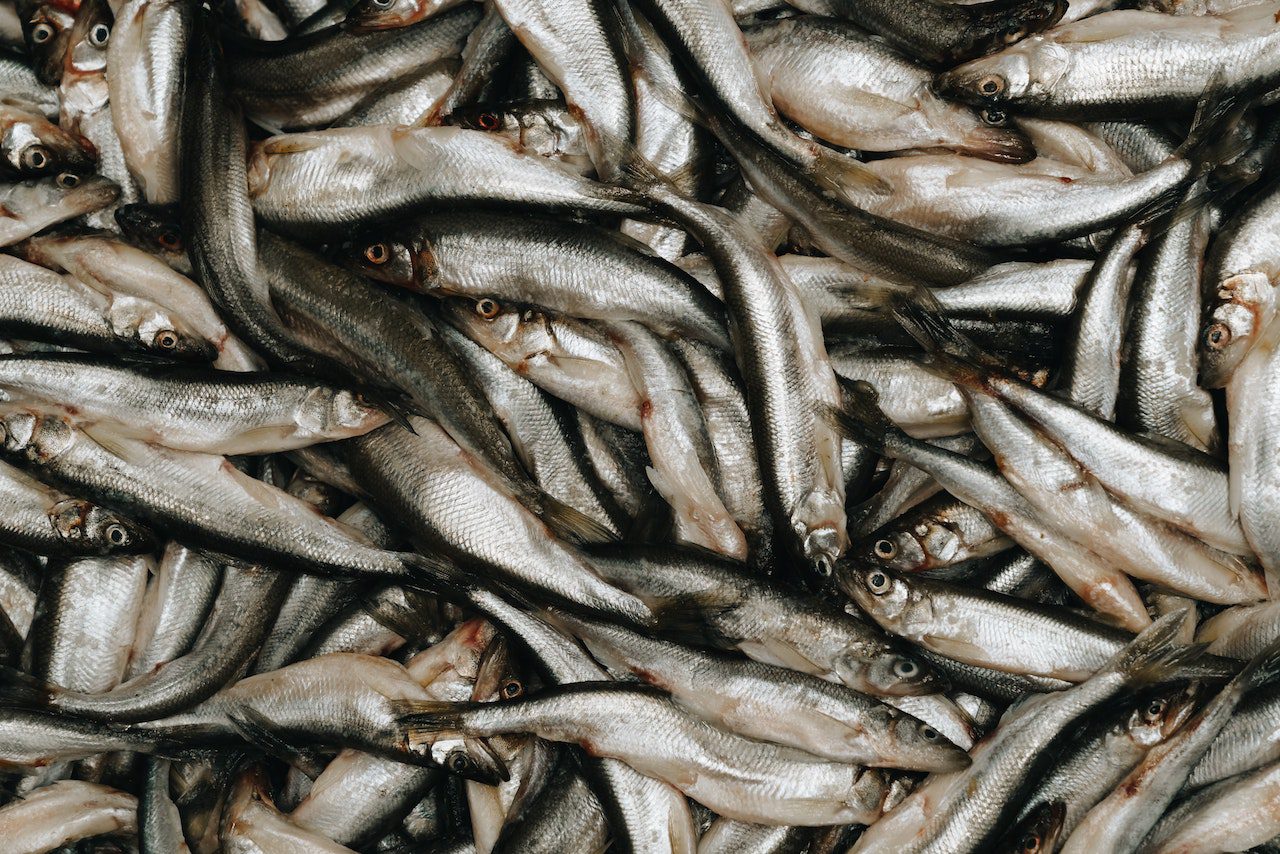The tomato is one of the most loved foods, even by children. Good, sweet, tasty, it is indeed present on our table in all seasons and in various forms thanks to its preserves. Tomato extract, pulps, purees: the products obtained from tomato processing are many, each with a different history, characteristics and properties.
Concentrate, also called tomato extract, is used in cooking to give color, texture and flavor to many dishes that require a long cooking time. It is excellent not only in sauces, but also in soups, with red and white meats, and with oily fish.
Sicilian tomato extract is what you find in the supermarket today as tomato paste in tubes or cans. The art of tomato extract, or astrattu in Sicilian dialect, was prepared in the summer in all country houses or terraces by putting tomato pulp to dry in the sun for several days.
This preserve was traditionally prepared in the days when Sicilian families prepared tomato sauce to be bottled for the winter. In fact, part of the tomatoes was destined for the preparation of the extract.
A magical ingredient capable of giving the ragù an intense and strong taste of ripe tomatoes and summer sunshine. Although today it is also used to prepare appetizers combined with dairy products or anchovies. And it is the hot sun, typical of the Sicilian summer, that is the key ingredient in the recipe.
Processing of tomato extract
Three basic ingredients form the this recipe: tomato, salt and sun. Then the hand movements of the village ladies are involved in this preparation for generations.
The tomatoes are cleaned, washed and left to dry overnight. The next morning they are pressed. The tomato sauce is then arranged, with slow and ever-changing gestures, on large wooden tables (the maidde) so that the sun can dry the tomato. A process that lasts an entire morning.
Next, the extract, to which Sicilian sea salt is added, is collected in the center of each board and then spread again by hand. In the afternoon, the extract is finally harvested, laid out in smaller boards and left to rest in the shade for a good two days.
Last step is bottling. With hands greased with oil you arrange it inside large glass jars covered with a white cloth and a mound of salt to absorb the moisture of the extract. Have fun adding it to give a strong flavor to your dishes or use it to make delicious “bruschette” with anchovies and ricotta cheese.

